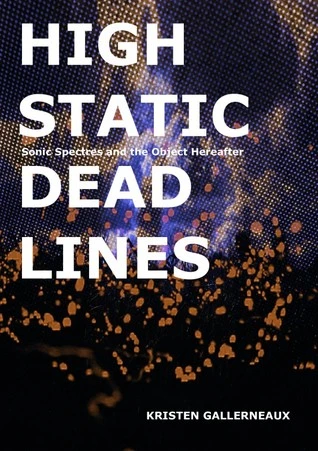I remember the frisson as a child tuning in to prohibited police bands on our enormous radiogram, wondering if ‘they’ would be able to track me down and I would get into trouble, having been told that listening in was strictly prohibited. That was all the discouragement I needed. And listening to ghostly overseas stations broadcasting in inscrutable languages bounced off the ionosphere, fading in and out like messages from another dimension. And that hypnotic eight-note tone of Cold War interference jamming free transmission of the undesirable into our suburban London home.
The radio became the carrier of something enigmatic, a link with a wider world I sensed but was yet to encounter. Yet, dialling up and down the frequencies, the message was less important than the medium through which I received it. Later that raw mystery became controlled, in the form of Radio Luxembourg, Radio Caroline, and best of all Radio North Sea International, where I had a front-row seat at the attempt to hijack the ship, excitedly wondering whether the tug really would spray water onto the antenna, causing the sprayers to be electrocuted as they had been warned.
I nostalgically disinterred these memories of the ephemeral while reading High Static, Dead Lines: Sonic Spectres and the Object Hereafter (2018). Kristen Gallerneaux is a curator at the Henry Ford Museum in Detroit, Michigan as well as an artist. Her work responsibilities cover a number of media, but clearly her favourite area is audio technology, allied to an interest in anomalous events. In High Static, Dead Lines she delves into various aspects of sound’s spooky action at a distance, the ways in which the uncanny is tied to the industrial.
Her scope is wide-ranging, but the result is not a straight history of the objects in her care, rather leaning to, in her words, ‘the poetics of wild folklore.’ She meshes facts and impressions, an interdisciplinary history lesson piggy-backed by her personal strange experiences, a hybrid she labels fictocriticism. For some reason seemingly autobiographical elements are distanced by being cast in the third person, referring to the individual as ‘K’, as if wishing to disavow them. If they are the ‘ficto’ element of fictocriticism, their purpose is unclear.
Wandering around her cabinet of curiosities, the objects she discusses are seemingly inert but possessing a secret, sometimes cryptic, existence, and Gallerneaux lays that existence bare as far as possible, taking what has been quiescent and giving it back its voice. There is a pleasure watching her prising open metaphorical packing cases in search of some Rosebud, trying to catch hold of the ether and presenting her findings in an unstructured but informative manner.
As a sample, we get: the stone tape theory, electronic voice phenomena, Max Headroom (the airwaves hijacked for an obscure purpose), spectral pianos, ghostly music heard on the air (as recounted, for example, by Moberly and Jourdain in An Adventure), mediumship, the Society for Psychical Research’s Barrie Colvin’s analysis of poltergeist raps, phone calls from the dead, listening for signs of extraterrestrials on Mars, efforts to manipulate mood through music, (both asleep and awake), early laser research, Votrax text to speech, the Moog synthesiser, magnetic tape, transparent prison radios, the ‘radio pill’ that was tracked through the intestines, Muzak, the mass burial of Atari game cartridges, the ‘Windsor Hum’, and much else.
Gallerneaux’s book would have been a worthy addition to Bruce Sterling’s Dead Media Project, had that effort still been alive. It is a good fit with Strange Attractor’s list, feeding into the current fascination with the hauntological. One comes away with a renewed respect for the depth of our collective technological ingenuity and capacity for weirdness. As to what all that effort might all mean, Gallerneaux is even-handed in her assessments. All we can conclude is that the innovative eventually becomes obsolete and requires decipherment. Its moment passes and it finds its way, if it is lucky, into the museum, to be handled with affection by a curator.

